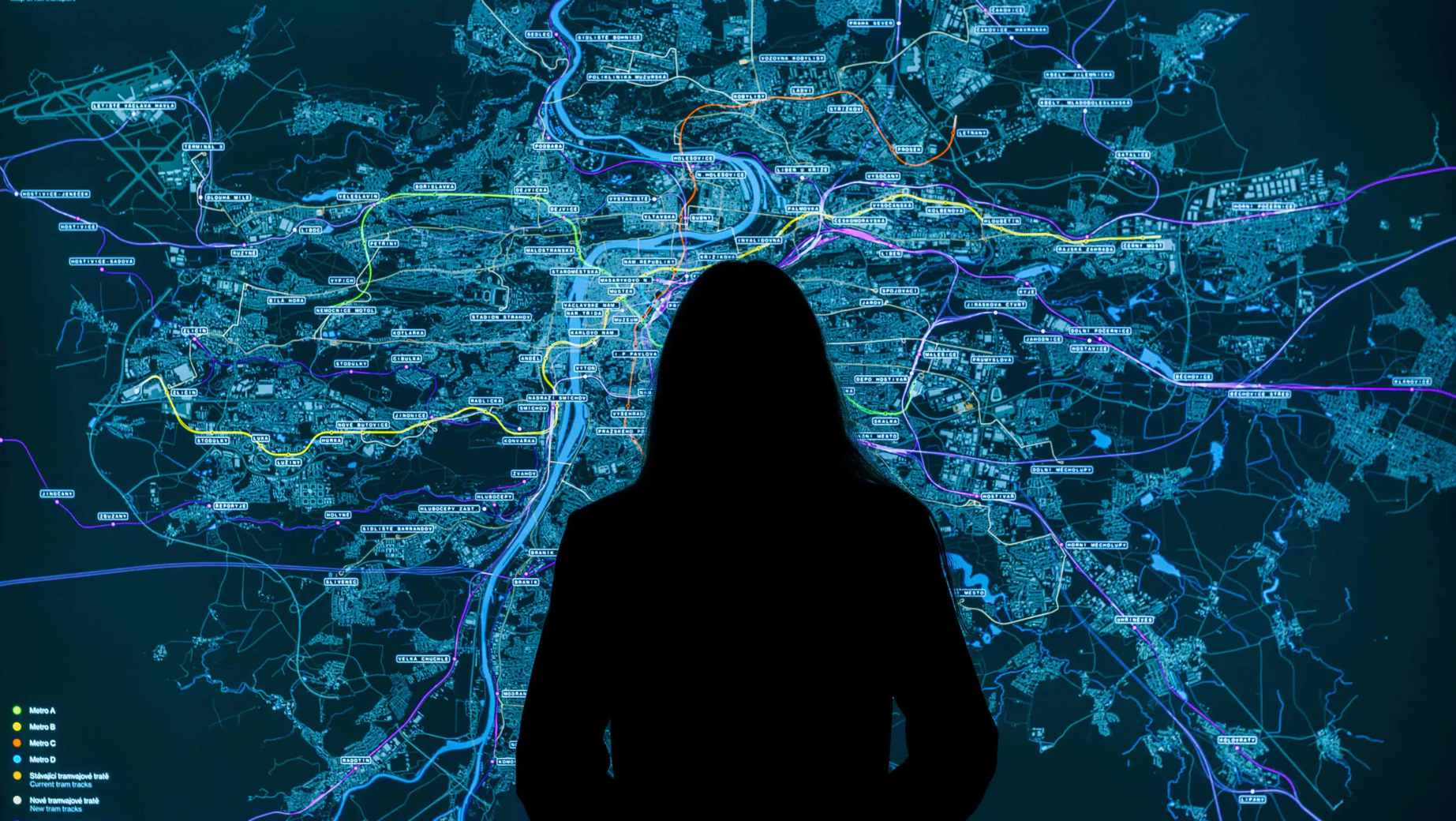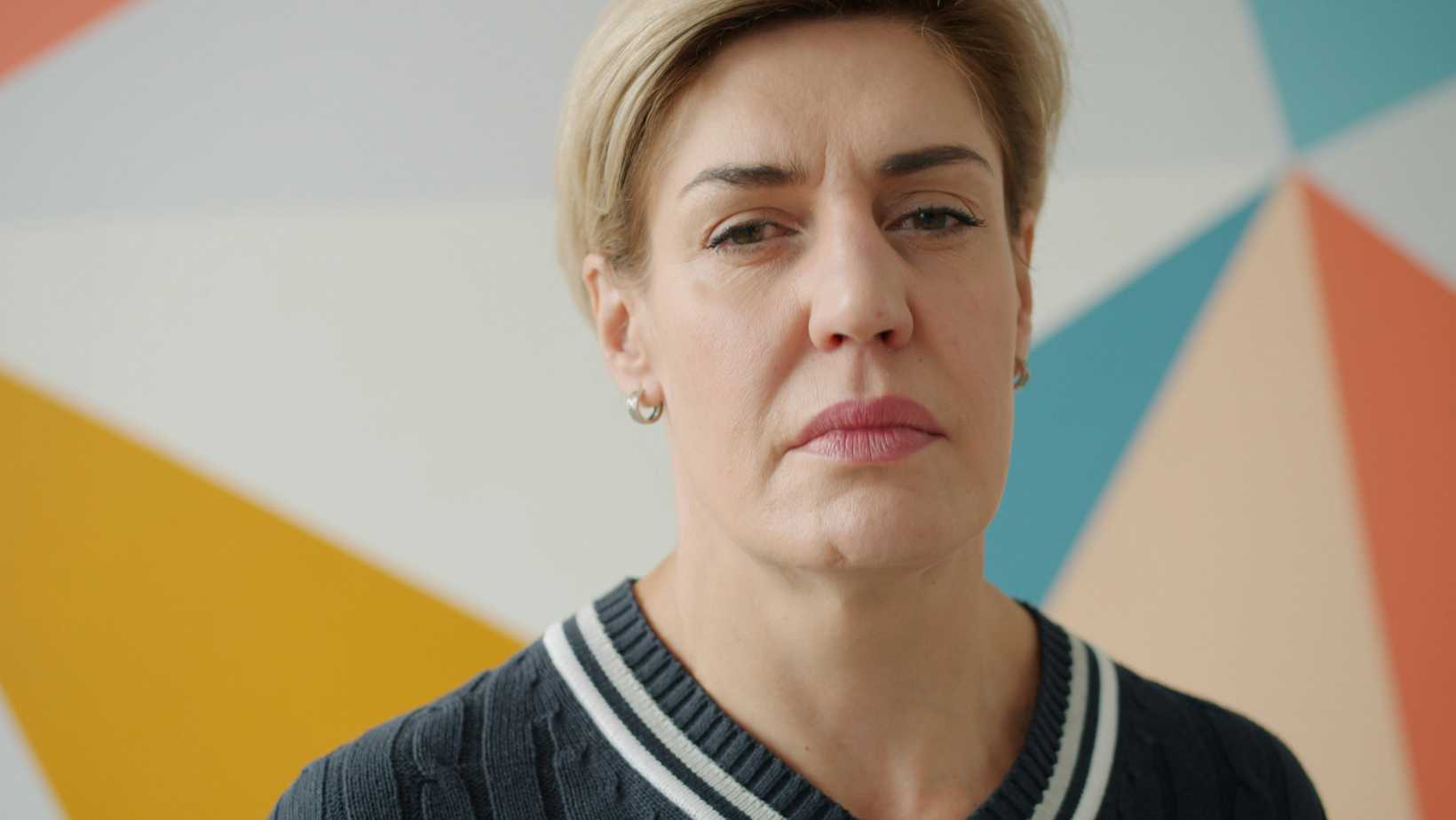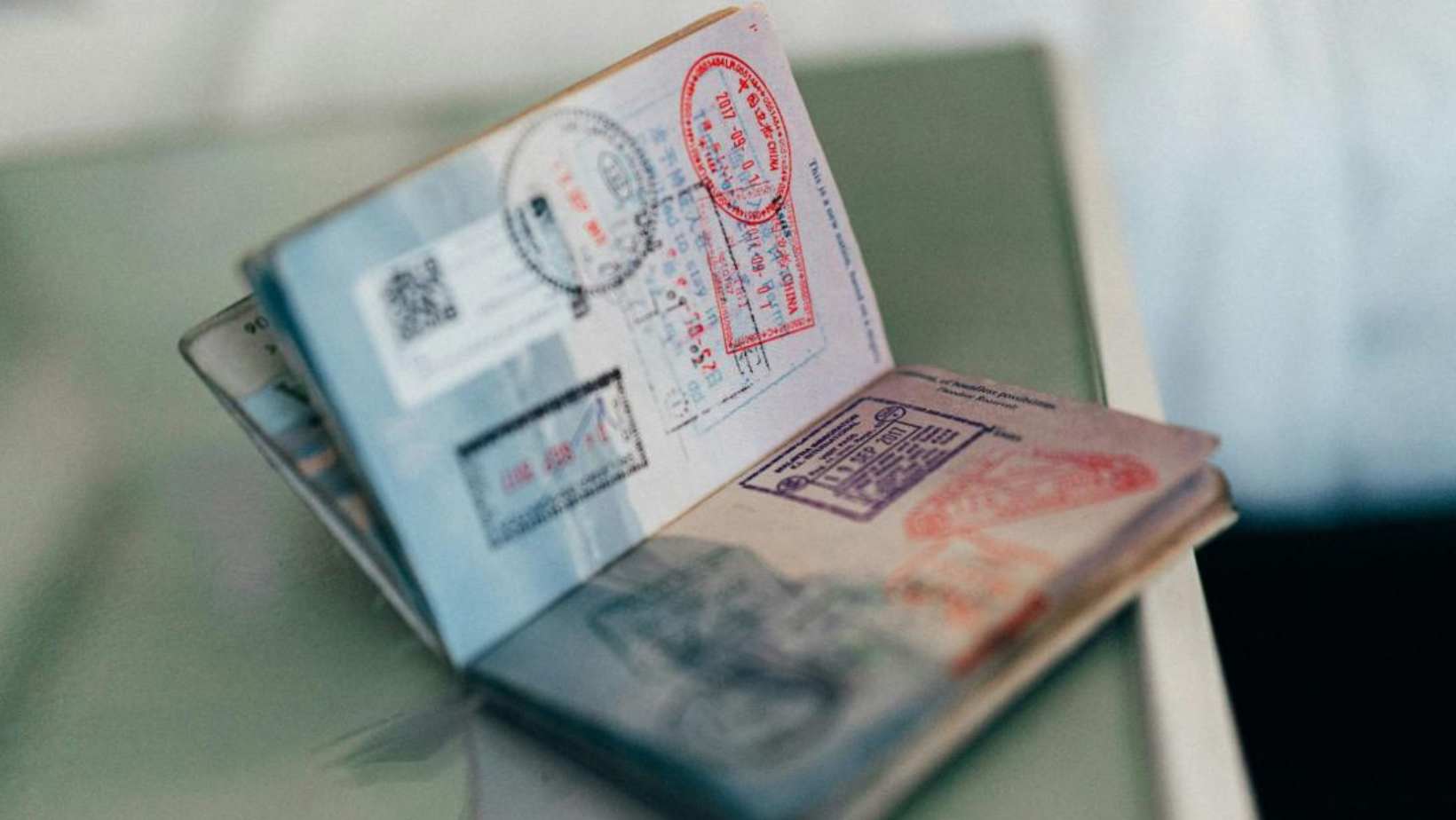Exhibition "Prague Tomorrow? Connected City" Explores the Future of Urban Rail
Prague Morning

What will Prague’s transport look like in 2050?
An ongoing exhibition at the Centre for Architecture and Metropolitan Planning (CAMP) offers a look ahead. Prague Tomorrow? Connected City, running until 26 October 2025, presents a bold vision of how rail transport could reshape life in the Czech capital—and beyond.
The exhibition, which opened in March, shows how rail is undergoing a renaissance around the world. Prague is no exception. Plans are in motion for dozens of new lines and tunnels that will redefine how people travel across the city and connect Prague to the rest of the country and Europe.
“Passenger rail transport is on the rise and plays an increasingly important role in suburban and long-distance transport. More than half a million new inhabitants are expected in Prague and Central Bohemia over the next few decades. All of them will need to get to work, school, or travel—and our new rail links must be ready,” says Transport Minister Martin Kupka.
High-speed rail will connect Prague with Dresden, Wroclaw, and Vienna, with trains reaching speeds of up to 320 km/h.
The trip from Ústí nad Labem to Prague Main Station is expected to take just 26 minutes. Metro Line D, already under construction, will serve the fast-growing southern part of the city. It will use fully automated, driverless light rail trains.
“We’re preparing ambitious projects that will fundamentally reshape transport in Prague and the wider region,” says Jiří Svoboda, head of the Railway Administration. “The biggest challenge is rebuilding the railway hub and building a new network of tunnels under the city. It will be a revolution—comparable to the introduction of the metro.”
First Deputy Mayor Zdeněk Hřib adds that the city is also investing in new tram lines to complement the metro and high-speed trains.

Several projects already have permits, including Počernická, Malovanka–Strahov, and Olšanská–Habrová. “We want people to be able to use rail everywhere—in the centre, the suburbs, or nearby towns—whether by tram or train,” Hřib says.
The expansion of the 150-kilometre tram network, which now carries around 368 million passengers annually, is a key part of the city’s decarbonisation goals.
A revamped railway to Kladno will be able to carry up to 50,000 daily passengers, and a new line to Václav Havel Airport will provide direct access from the terminal to the city in under 30 minutes, with up to eight trains per hour.
The exhibition combines historical context and future visions. A short film, Century of Rails, composed of rare archival footage, looks back at the evolution of Prague’s railways. In contrast, an interactive 3D model, animated diagrams, and large-scale projections allow visitors to explore what rail in 2050 might look like—from airport links to new underground tunnels.
The exhibition includes a rich accompanying programme of guided tours, lectures, debates, film screenings, and events for children.
Would you like us to write about your business? Find out more
-
NEWSLETTER
Subscribe for our daily news









